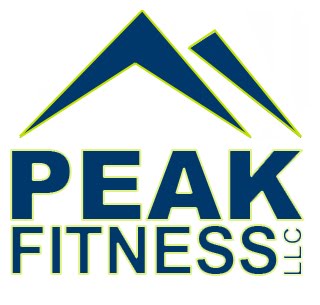After some recent uproar by several of my collegues over an article on why women should avoid squatting, reading their remarks reminded to me that every statement is subjective. While I agree with the points both Tony and Bret make in their defense of squatting, I think we must preface this trainer's statement with a slight revision "You shouldnt be squatting if your trainer doesnt know shit".
In my experience, far too many trainers are guilty of prescribing weighted squat variations-- such as back squats, front squat (or worse of all, machine squats)-- before teaching their client a simple bodyweight squat. The problem here is most of these trainers lack the ability squat properly themselves, let alone effectively coach this movement.
But this issue goes far beyond squatting. Step in to any commercial gym and you will likely witness a side show of dysfunctional benching, overweighted walking lunges and partial pullups aimed at quantity versus quality-- and multiple injuries waiting to happen.
While it is much easier to slap more weight on versus breaking bad habits first, it will be more difficult to coach a client in a wheel chair or back brace-- or at least one that develops knee and/or low back issues.
With this in mind, the golden rule is bodyweight before external resistance-- meaning we teach a push up before bench pressing and bodyweight squats and lunges before hitting the weights.
Simply getting brilliant at coaching basic movements lays the foundation for everything else ahead. And in my book, there are no more fundamental movements than the deadlift, the squat and the lunge.
Here are some basic coaching tips and videos on teaching progressions (click on name of exercise) for each:
1. Lunge
Common errors:
- Front foot wobbling to the right or left or coming forward on the toes
- Back foot turning outward versus being straight
- Front knee internally or externally rotating while descending
- The position of the hips shifting to the left or right.
- Pelvis arching excessively.
- Torso leaning forward excessively or inability to maintain balance
Form tips:
- Begin the exercise in a half kneeling position and to attempt to shoot straight up in to the ceiling position
- Perform exercise next to a wall or surface which allows for balance to get the feel of dropping straight down
- Sit back on front heel while keeping knee over toe
- Pause at top for 1-2 seconds
Coaching cues:
- Place one foot in front of the other as if standing on railroad tracks (a special thanks to Mike Robertson for this one)
- Pretend head is teathered to the ceiling to descend straight down
Torso tight and tall
2. Squat
What to look for:
- The pelvis shifting to one side or the other
- Hinging forward at the knees versus the hips while descending. This will cause the client to come forward on their toes
- The knees internally rotating while descending
- Excessive forward lean of the torso while descending
- The butt appearing to tuck under at a certain point
Form tips:
- Sit back in to a chair for several reps to get the idea of sitting back on the heels
- Slide hands down the knees while sticking the butt out to simulate a hip hinge
- Push knees out during descent while keeping feet straight
- Sit back on heels
Coaching cues:
- Sit back on the heels and stick the butt out
- Stick the butt out as if practicing a bad dance move
- Torso tight and tall
3. Deadlift
What to look for:
- Weight placed too far in front of the lifter
- Back and/or chest rounding during the descent
- Rising with the hip before the chest
- Failure to initiate abdominal brace when lifting
- Causing the head to drop by looking down at the weight
Form tips:
- Begin with sumo deadlifting with a dumbbell or kettle bell and progress to rack pulls as client learns the lift.
- Place weight right between the legs of the client to force them to sit back on their heels.
- Instuct the client to hold a dowel rod down the length of their back and keep their head and neck in contact with the rod at all times to avoid rounding
- Stare at spot about 15 degrees in front of you to keep from rounding the head
- Pause at the bottome and rest your position
Coaching cues:
Stick butt out as if practicing bad dance move
Sit back on the heels and keep chest up




No comments:
Post a Comment